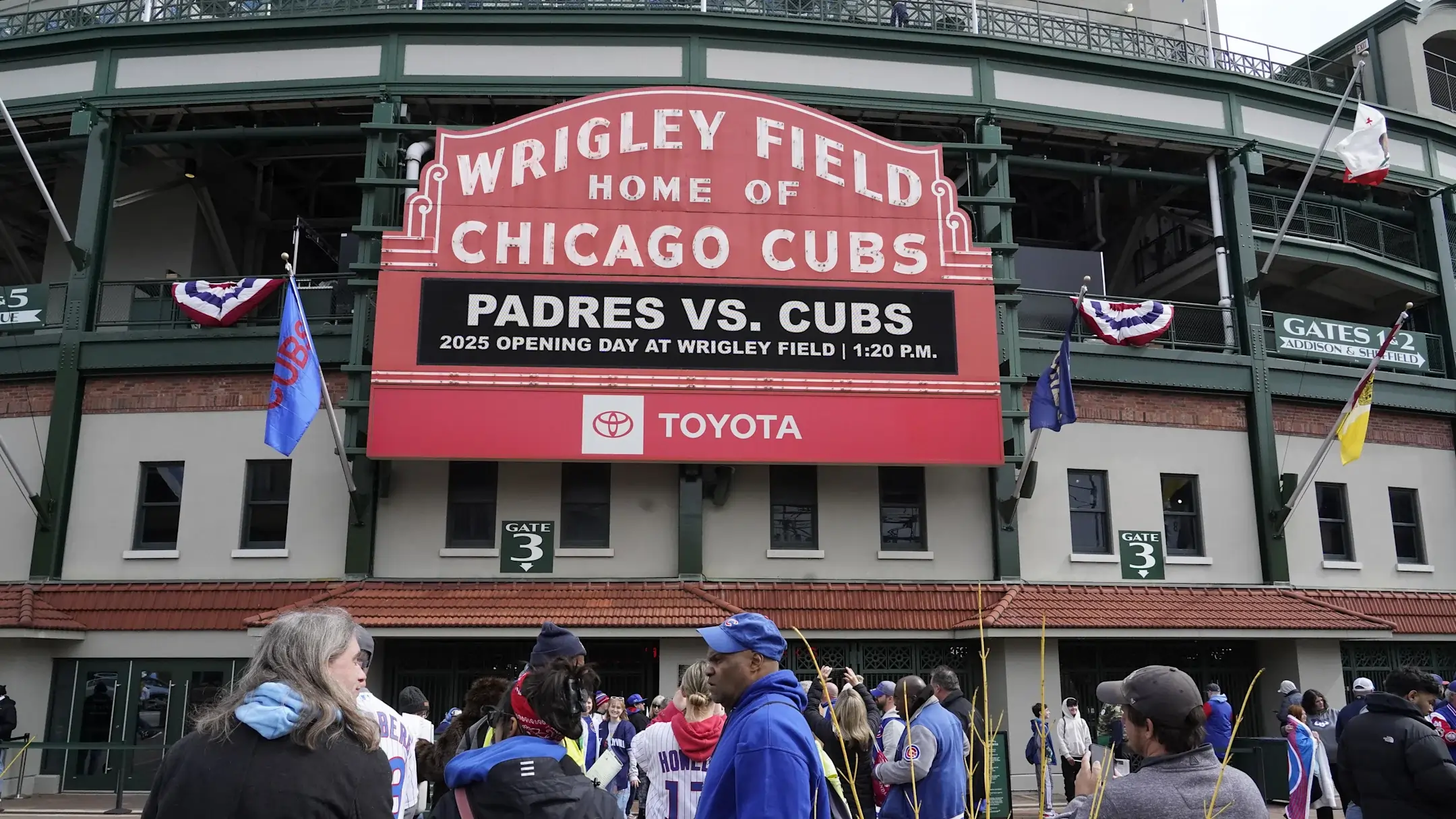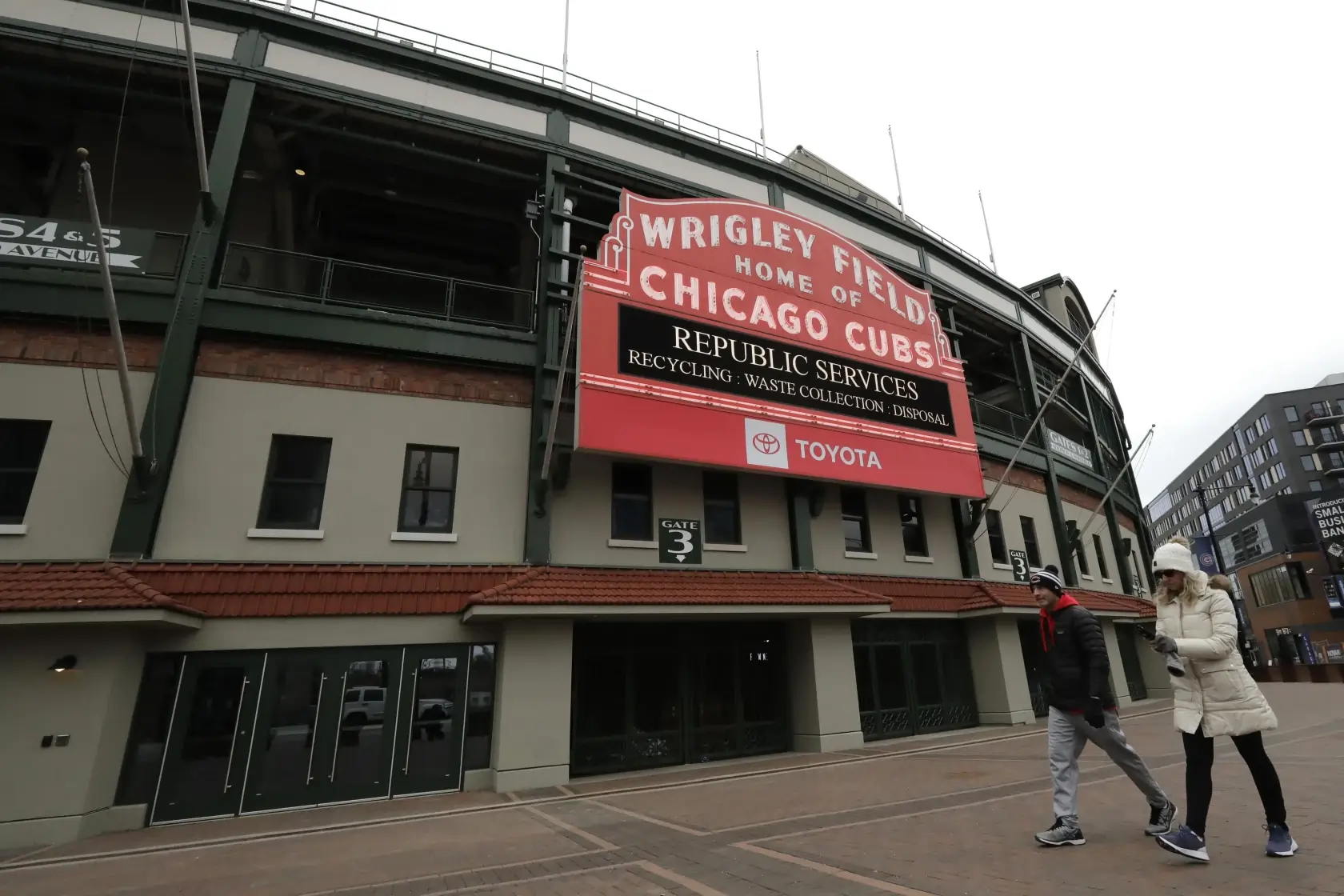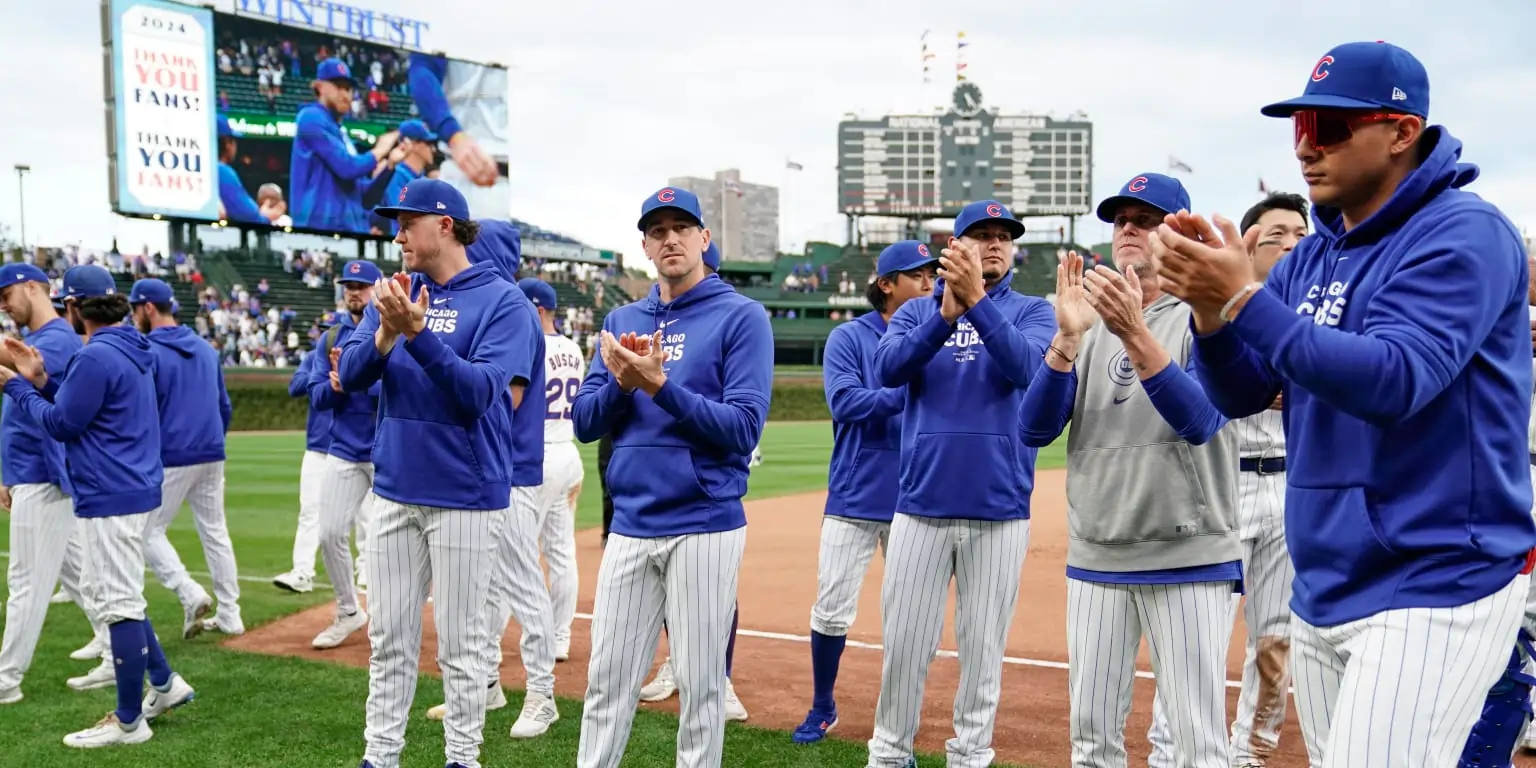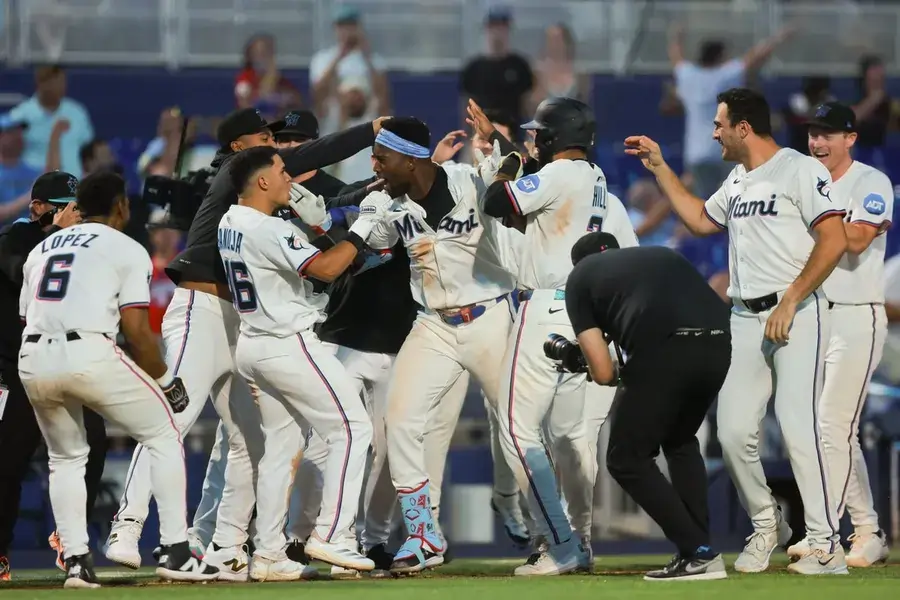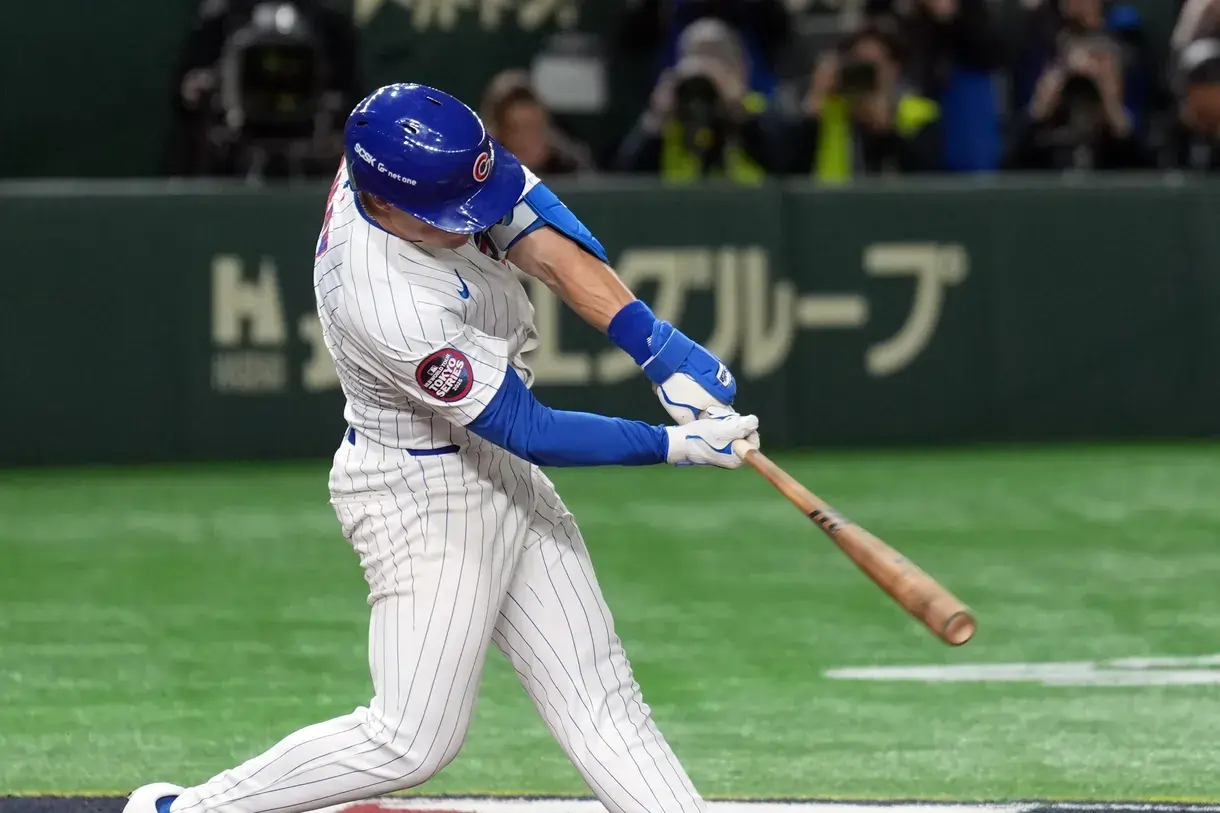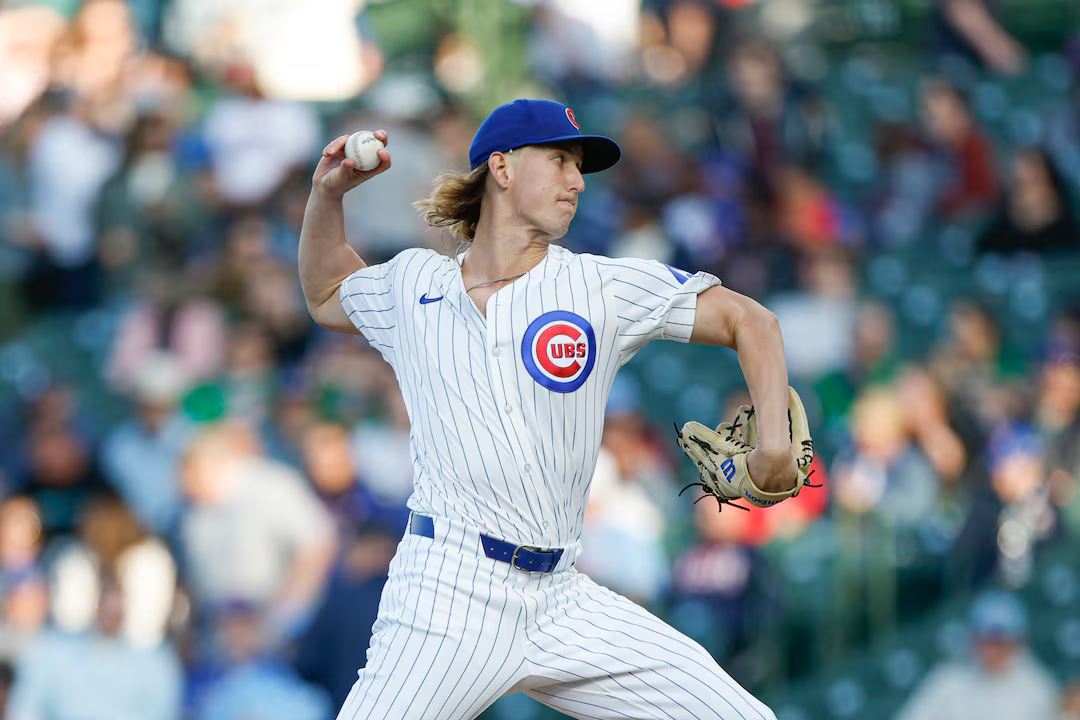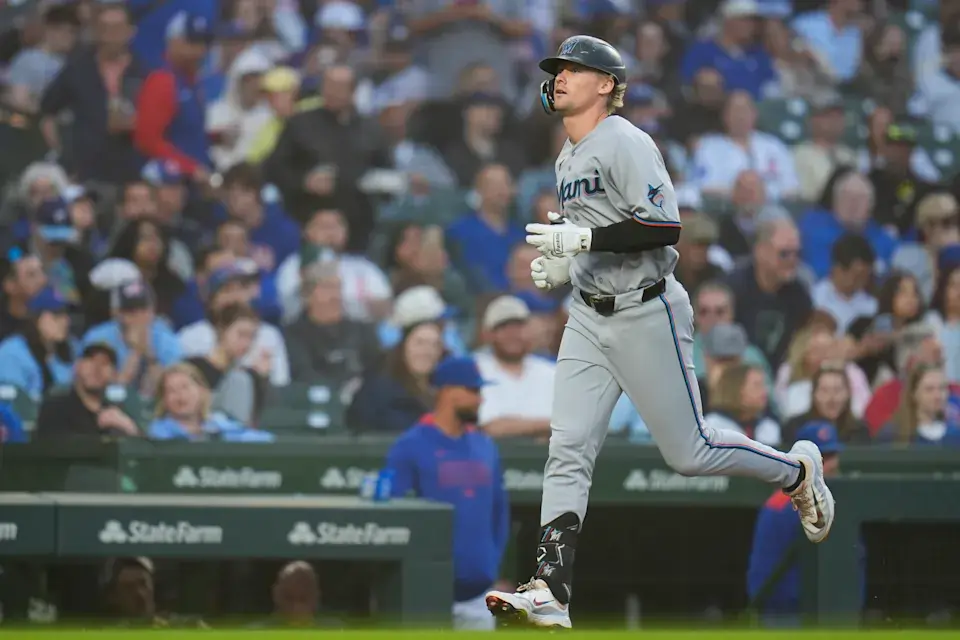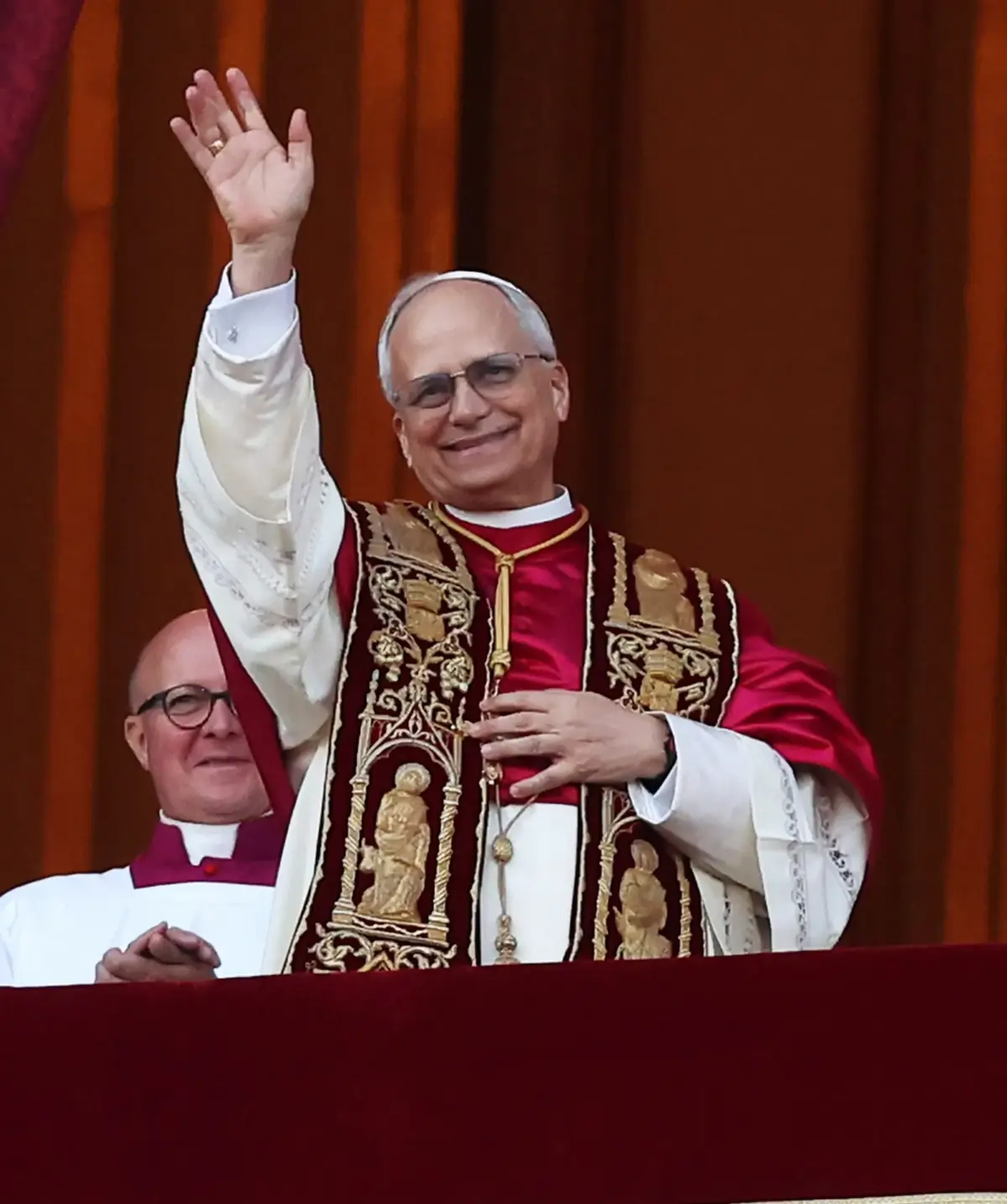According to a recent report by Bruce Levine of 670 The Score , the historic Wrigley Field will host the MLB All-Star Game in 2027 , marking the first time the Cubs have hosted the midsummer classic since 1990 .
At that time, Wrigley Field will be 113 years old , but thanks to extensive renovations and improved safety infrastructure, it’s proving that age is just a number when it comes to hosting big league events.
Let’s take a closer look at how the Cubs got here — and what this means for fans and the city of Chicago.
A Long-Awaited Return to the All-Star Spotlight
For over three decades, the Cubs have waited for another shot at hosting the Midsummer Classic . Since their last All-Star appearance in 1990, the city of Chicago did see an All-Star Game in 2003 — but that was at U.S. Cellular Field , home of the White Sox.
Now, with Wrigley Field fully modernized and better integrated into its surrounding neighborhood, MLB is ready to return to the North Side.
Major Renovations Paved the Way
From 2016 to 2018 , Wrigley Field underwent one of the most ambitious restoration projects in baseball history. The iconic ballpark retained its charm while gaining state-of-the-art amenities, including:
- New video boards
- Improved seating
- Club-level lounges
- Enhanced accessibility
But even after those upgrades, there was still one final hurdle standing between the Cubs and hosting the All-Star Game: security compliance .
Security Concerns and the $30 Million Fix
Wrigley Field sits uniquely within the heart of Chicago’s Lakeview neighborhood , surrounded by homes, shops, and busy streets like Addison , Clark , Waveland , and Sheridan . Unlike newer stadiums built with wide-open spaces around them, Wrigley is nestled tightly inside a single city block.
Because of that layout, shutting down the area completely during large events has always been difficult.
To meet MLB’s strict security requirements for the All-Star Game, the team, the city, and the state came together to fund a $30 million project involving anti-terrorism bollards and sidewalk expansions.
These bollards — sturdy, permanent barriers — will help secure the perimeter and allow for safer crowd control during large events.
As part of the plan, Alderman Bennett Lawson (44th Ward) introduced an ordinance to the Chicago City Council earlier this week. The proposal includes:
- Installing anti-terrorism bollards
- Widening sidewalks along Addison Street
- Improving pedestrian flow and emergency access
- The city has already pledged up to $10 million , funded from the 2014
- Cubs Fund , which was created specifically for neighborhood improvements tied to the team’s ownership changes.
From Temporary Fixes to Permanent Solutions
In past years, the Cubs and the city used Archer barriers — movable gates — to temporarily close off parts of Waveland and Sheridan avenues during games and special events. These were effective but not considered sufficient for a high-profile event like the All-Star Game.
With the new bollards, MLB and local authorities can ensure a more secure and controlled environment , making Wrigley eligible once again to host elite-level events.
This kind of planning also benefits other large-scale happenings, such as the Big Ten Hockey Showcase and the NHL Winter Classic , both held near Wrigley in recent years.
Final Approval Expected Soon
While nothing is official yet, sources indicate that the final pieces of the puzzle are falling into place. Once the bollard installation is approved and funding secured, the Cubs are expected to be officially named the 2027 MLB All-Star Game host — likely this summer.
A Win for Baseball, Fans, and the City
It shows that Wrigley Field , despite its age, remains one of the crown jewels of American sports venues. It proves that the Cubs organization is committed to excellence beyond the field. And it highlights the city’s ability to adapt and grow without losing its identity.
